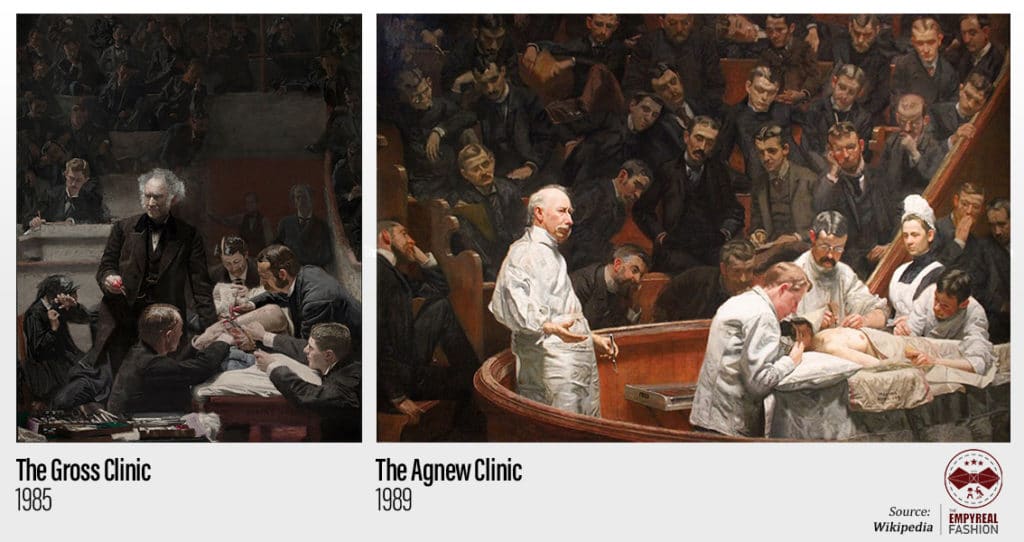
Why doctors wear white coat?
If you have noticed, Doctors wearing White coats has become a universal thing. All over the world, the most common color for the doctor’s apron is white. Surprisingly, doctors didn’t wear white at all till the late 19th century. In fact doctors used to wear black back then. The black color is always perceived as a symbol of honor, wisdom and dignity. This is the reason why lawyers still wear black in their profession. However, the black coat also served a practical function for the doctors to disguise stains at their workplace.
With time, the profession has experienced drastic changes. Science has discovered several germs and micro particles which are harmful for humans. This has forced doctors to maintain hygiene and change how they appear in public. Not only doctors, the hospitals also switched their fabrics and equipment to a fresh & white look.
Art and culture also played a role behind this shift of mindset. Two famous paintings by Thomas Eakins, “The Gross Clinic” in 1985 and “The Agnew Clinic” in 1989, portrayed the difference between the two colors and it was as clear as day and night. The two famous pictures accelerated the transformation process of going white from black.

There is no concrete evidence about who designed the white coat but it gradually became famous and turned out to be a symbol of cleanliness, hygiene and trustworthiness. That’s why it’s been used by doctors all over the world. There are other benefits of using the white coats such as:
- It works as a symbol of recognition by patients, nurses and other doctors.
- Pockets of the coat can be used for carrying items such as pens, torches etc.
- Extra layer of cloth protects doctor’s dresses from dirt and germs.
- The coat sometimes helps to keep the body warm in cool temperatures at hospitals.
So, from many aspects, the white coat has become a part of this profession. A variety of fabric and cutting may be available but the white color has become somewhat permanent for the doctors.






One Comment
Pingback: